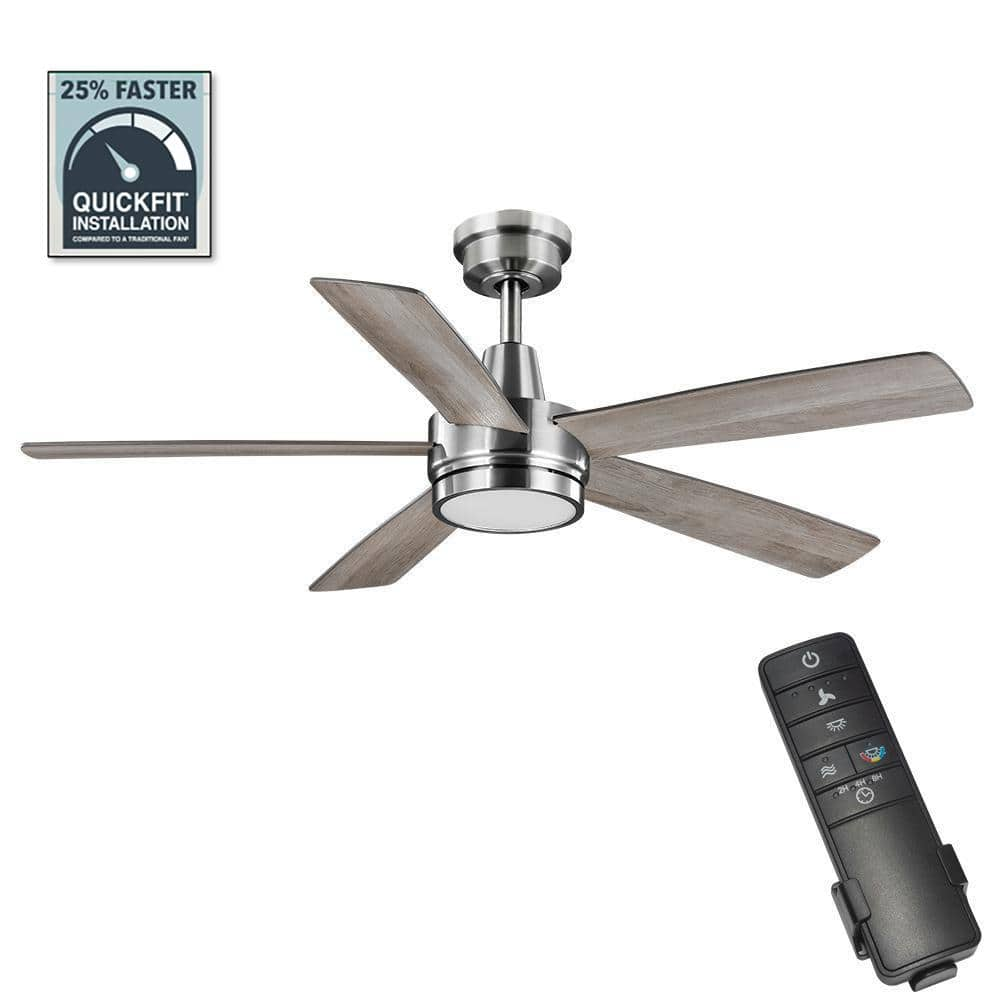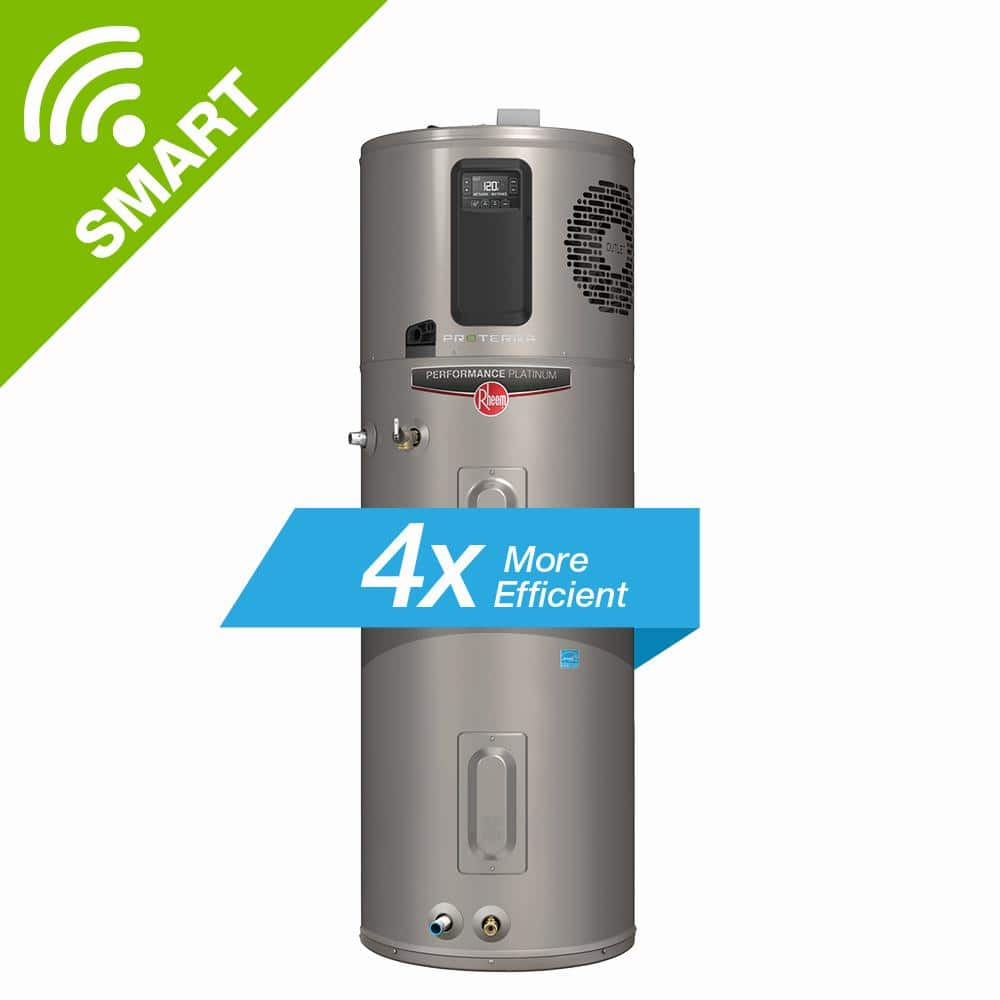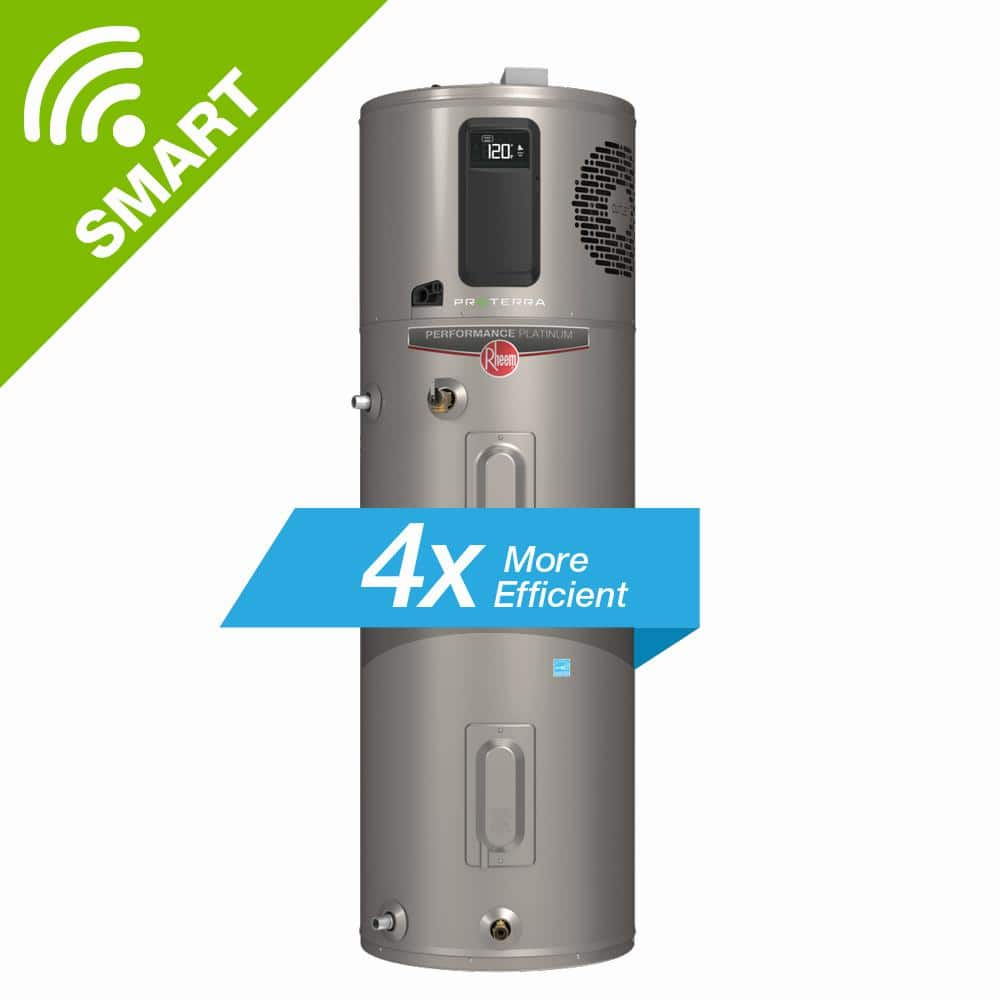This beautiful dimmer switch is intuitive to use and incredibly flexible to control remotely. Pair the switch to a motion sensor, keypads or other Insteon switches to create virtual 3-way circuits – no hub required. But add an Insteon Hub and you’ll unlock smartphone control, timers, and voice control with the likes of Amazon Alexa, Google Assistant, and Microsoft Cortana.
On/Off or Dimming
Whether you need the raw switching power of our 1,800W-relay-based On/Off Switch or the gentle dimming grace of our traditional Dimmer Switch, there’s an Insteon Wall Switch to fit your switching needs.
Scenes+
One of the most powerful features of Insteon switches, Scenes let you control multiple devices simultaneously with a single tap. Brighten all of the lights in an entire room with a tap-and-hold or create infinite virtual multi-way switches.
Customizable
No wall switch is more customizable. Change the paddle color to suit your décor needs. Swap out the LED light pipe for personalized colors. You can even custom-etch text onto the switch paddles for ease-of-use in multi-gang switch boxes.
Remote control from your smartphone.
Your smartphone is your best friend. And with the Insteon Hub., your smartphone is your Wall Switch’s best friend, too. Use your smartphone or tablet to control and configure your switch for the ultimate in remote control.
Remote Control
Sometimes the couch is just too comfy and that wall switch is just too far away. Grab your smartphone and brighten and dim your switch to your heart’s content.
Schedules
Automatically turn your porch lights on at dusk. Wake up to a gentle pseudo-sunrise at 7AM. You can schedule individual wall switches or full groups of switches for particular hours and days of the week.
Ramp Rate & On Level
With a custom Ramp Rate, you get to set how quickly (or slowly) your lights brighten and dim – anywhere from instantly to 8 minutes. With On Level, you also get to specify how bright your lights are when you tap the paddle, from 1% to 100%.
Scenes
With the Insteon Hub, scenes really take on a new level. Program one switch to turn off all of the downstairs lights. Configure another to turn on Movie Mode. And because you can schedule scenes, you can give your home that “lived in” look even when you’re away.
Remote control from another Insteon device.
Insteon devices throughout your home knit together a web of control, enabling some of the most customizable and configurable control options that put even the most expensive home automation technologies to shame.
The Infinite 3-Way
With traditional wall switches, control from multiple locations, like in a long hallway, requires special dedicated wiring. Great if you’re building anew, but almost impossible to retrofit. With Insteon, every wall switch can control every other wall switch, no extra wires needed. Just a few taps of the set button and you’ve made a 3-way switch. Want to add another? Make it a 4-way – or 5-way. There’s no limit to Insteon’s multiway switching.
Anywhere Switch
Sometimes you have to wonder what the electrician was thinking when he wired your home. The light switches are on the wrong end of the room, behind doors – just in the wrong places. With an Insteon Wall Switch and a Mini Remote, you can put a wall switch anywhere you want. Mount one on the wall by your nightstand. Give one to your kids and let them investigate the monsters under their bed.
Consolidate Control
With at least one light switch in every bedroom, multiple in every bathroom, a myriad in the living room, den, kitchen and dining rooms, you might have 40 or more switches to manage in your home. With an Insteon Keypad, you can quickly control all of them for instant an instant “good night”.
Remote control with Insteon sensors.
Your Insteon Wall Switch can do so much more when given access to the family of Insteon sensors. With a few taps of the set button or a moment’s time with your smartphone, you can configure sensors throughout your home to automatically turn on (or off) the lights based on a variety of different actions.
Doors
There are some rooms in your home that, no matter what time of day, you always end up turning on the lights: Pantries, closets, hallways, etc. With an Insteon Wall Switch and an Open/Close Sensor (or Hidden Door Sensor), you will never need to turn the light on again. And better yet, you’ll never need to remember to turn it off.
Motion & Occupancy
Do you play whack-a-mole all day, turning off the lights in rooms that your significant other or children have habitually left on? Turn every Insteon Wall Switch into an occupancy-sensing switch with an Insteon Motion Sensor. And with Insteon, your Motion Sensor can control multiple Wall Switches simultaneously for large rooms or long hallways.
Smoke
No one wants to think about the potential for a disaster, but if one were to happen, make your escape as safe as possible by automatically turning on lights to an escape path when Smoke Bridge detects smoke, fire or carbon monoxide from a linked First Alert OneLink detector.
Garage Door
It’s no only cool, it’s handy too. Whenever you open your garage door, turn on the overhead lights for easier entry and exit from your vehicle. And while you’re at it, turn the outside sconces and walkway lights on, too for that extra bit of illuminated peace-of-mind when you come home late at night.






by Mike
Works as described
by John
Definitely one of the best smart switch options, especially when used with the ISY if you want more control!
by Gerry
Over time I have added to my Insteon network. The more devices, the better this works. The 2477D is a great product, and if you need it tech support is there to help. Automation with a voice assistant like Amazon Echo makes this product a must-have.
by Jeff
I’ve been using Insteon devices for well over 8 years now. The latest Insteon dimmers are really nice devices, albeit a bit pricey. The paddle touch is crisp, the device has clean lines and appearance. The casing completely encloses the device, which is a great safety measure. I have my Insteon devices integrated with a Universal Devices ISY 994i Home Automation controller (also integrated with Google Home) and now have full auditory control over all my Insteon devices – even the oldest ones from years ago.I find the communications & control for the most part, to be instantaneous with few exceptions in my home environment. I only have one odd comm issue that I’m tracking down.Having installed all of these myself, I do have some observations in the interest of further improvements:(1) Allow “backwiring” by providing recessed screw clamp terminals like other common electrical receptacles and switch devices. I am a electronics field tech from years back so I understand why you have pigtails but honestly, these take up sooo much room in the outlet box that I can barely get the switch screwed down securely – the need to have four extra wires and wirenuts is definitely causing the outlet box to be “overpacked” to the point that I am a bit concerned about it being a safety issue. The issue is compounded when the device is going into a double, triple, or larger ganged box. This is my single biggest negative on these devices. (2) Improve the instructions. This goes without saying, many reviewers have pointed out the poor documentation and setup procedures. For someone new to Insteon, it requires a lot of internet reading and research to fully understand the capabilities and how to properly deploy these in your environment.(3) The devices are somewhat audible, even under static conditions. I can often hear those little chirps which I assume are communication/status actions, even when I’m some physical distance from the device. It would be a welcome update to have those chirps (those not intended to be heard) to be better muffled or eliminated.Even with these few negatives, the devices have operated reliably for quite some time (years now) and I’ll continue to grow my Insteon network as I expand my Home Automation capabilities.